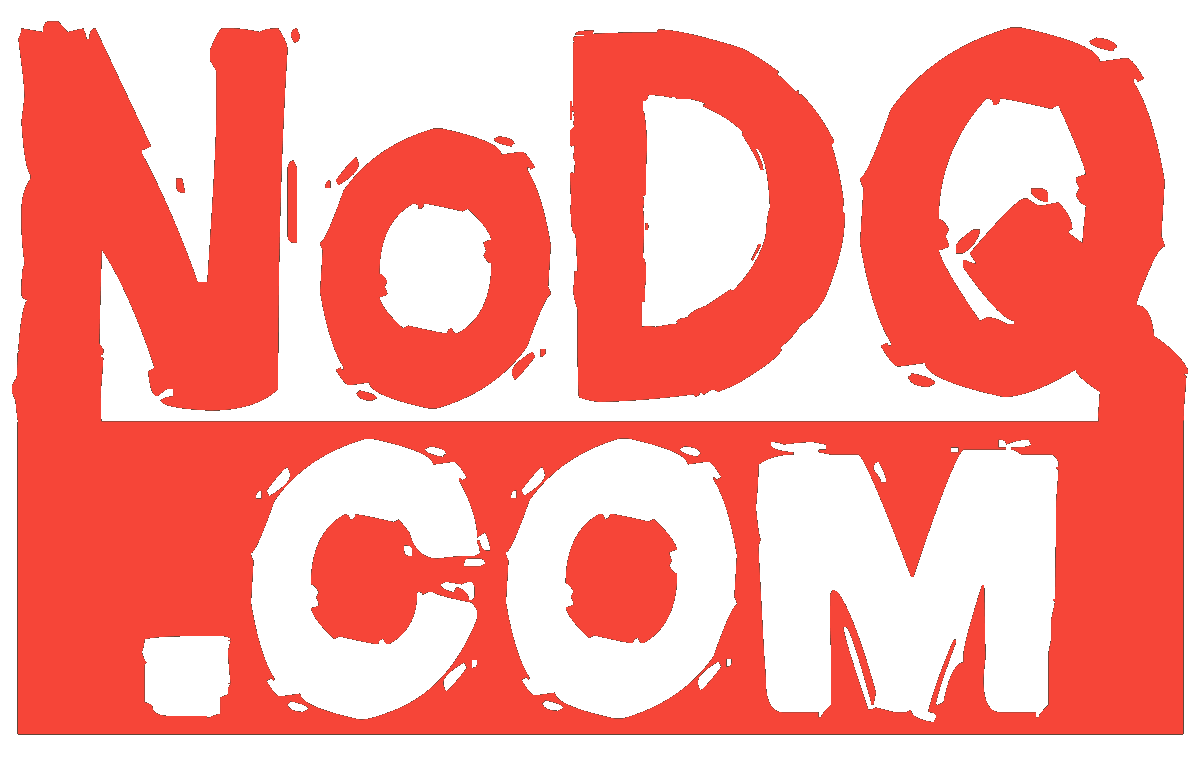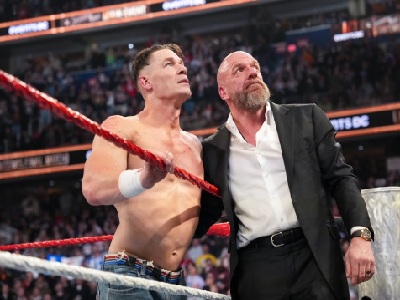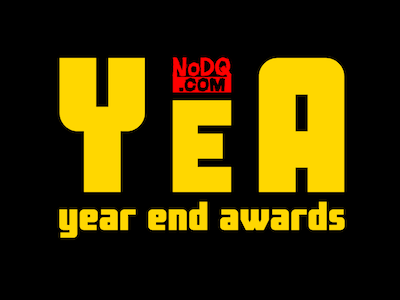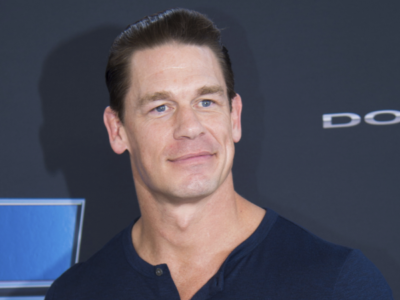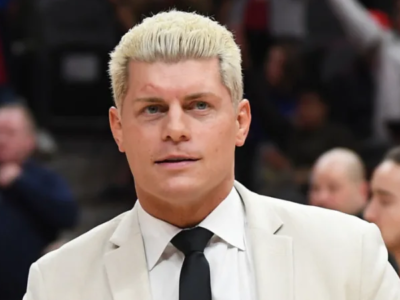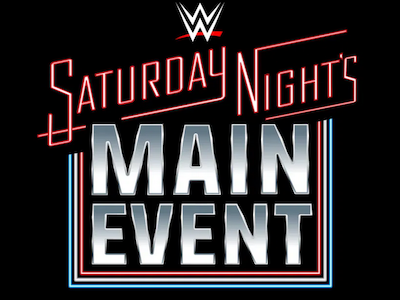The Steamy Files: How Eddie Guerrero Saved Wrestling
« Day by day, I earned my life back » — Eddie Guerrero, Smackdown February 12, 2004
I came across a promo by Eddie Guerrero on Twitter in the lead-up to his WWE Title match with Brock Lesnar at No Way Out, and after some back and forth with people in the replies, I found my next topic for the Steamy Files. Given this is a serious subject, I’ll skip the intro and get right into the column. Today we’re talking about Eddie Guerrero, and how his death helped save wrestling and save lives.
1- The history of young Eddie
1.1-The Guerrero Clan
Eduardo Gory Guerrero Llanes was born on October 9, 1967. The youngest of four brothers. Eddie was the son of Gory Guerrero, a legendary grappler in Mexico. Eddie’s brothers were Chavo (also known as Chavo Sr. or Chavo Classic), Mando and Héctor, all of whom became wrestlers, though none of them would reach the heights that Eddie would.
1.2-Breaking into the business:
Eddie Guerrero would make his wrestling debut in 1986. He would start off wrestling in CMLL, then in AAA and New Japan, as well as touring in New Japan. In 1995, Eddie would have his first big break wrestling in ECW. He would have classic matches with 2 Cold Scorpion and Dean Malenko that would catch the eye of Eric Bischoff, who was recruiting talent for the launch of Monday Nitro.
2- World Championship Wrestling:
This is where a lot of people first became familiar with Eddie Guerrero. Eddie was one of the many international stars that were signed to be in the cruiserweight division, showing a faster and more athletic style of wrestling that would go on to influence many of today’s stars. Through most of his WCW career, Eddie would be primarily confined to the cruiserweight division, apart from a short US title reign in late 1996, early 1997. Eddie would also be paired on and off with his nephew Chavo Jr. as rivals or allies, depending on the situation.
It was as a cocky heel that Guerrero put in some of the best performances of his career. His Starrcade 1997 title vs. mask match against Rey Mysterio Jr. is a classic that is still fondly remembered more than 26 years later. Eddie was never a bodybuilder, but no one could accuse him of not being in great shape. 1997–1998 Eddie Guerrero was lean but muscular. Unfortunately, the wrestling business was still dominated by big men like Hulk Hogan, The Giant/Big Show, Kevin Nash, Scott Hall, Goldberg and more who looked down on the “smaller” talent and had no interest in working with them.
On New Year’s Day 1999, Eddie Guerrero would be in a car accident that would take him out of action for nearly 6 months. While he walked away from the accident, the damage he suffered in the crash would come back to haunt him, as it would cause a drug addiction that nearly cost him his career, his family and even his life.
In January 2000, Eddie would join CB, Dean Malenko and Perry Saturn in demanding their release from WCW and would jump to the then red-hot WWF as a quartet dubbed The Radicalz.
3- The World Wrestling Federation
3.1-The debut
If Eddie Guerrero didn’t have rotten luck, he’d have no luck at all. After coming in with massive fanfare in a move that shocked the wrestling world, Eddie would suffer an elbow injury in his first match in the company, teaming with Perry Saturn against the New Age Outlaws. This was only Eddie’s second day on the roster, the incident happening during the SmackDown taping, the night after his RAW on-screen debut.
The storyline that night was that The Radicalz were to compete in a series of 3 matches and needed to win 2 out of the 3 to gain WWF contracts. The matches were X-Pac vs. Dean Malenko, Eddie/Saturn vs. NAO and finally CB vs. Triple H. The plan was for Dean to lose, followed by Eddie/Saturn winning to tie everything up at 1-1 for the final match between CB and Triple H.
Guerrero’s injury was so bad that he immediately told Road Dogg to pin him as he couldn’t continue. Eddie would be out of action for a couple of months, appearing alongside the rest of the group on TV with his arm in a sling. I’m not going to recap Eddie’s entire career here, as I’m just trying to hit on the major events in Eddie’s life.
3.2-The release and comeback
Eddie had been dealing with substance abuse issues for a couple of years when he was arrested for a DUI in November of 2001, and was subsequently released by the WWF a few days later. Guerrero admits that he went through a dark period, which caused a bad rift in his marriage, with his wife Vickie even leaving him (although they never divorced) with their 3 children. Out of work, addicted to alcohol and pain killers, thankfully Eddie managed to turn his life around.
After attending rehab and getting sober, Eddie got back on the proverbial horse and went and paid his dues all over again. He went around and competed for many smaller promotions, such as a ROH (which was in its infancy at the time), IWA Mid-South, WWA and New Japan. In April of 2002, Eddie returned to the soon-to-be rebranded WWE on the RAW brand where he would feud with the likes of Steve Austin, RVD and Jeff Hardy amongst others. However, his breakout moment was still to come
3.3- The Smackdown Six:
After moving to SmackDown in August of 2002, Eddie would become one of the centrepieces of the brand from then on until his untimely passing. Eddie was a part of “The Smackdown Six” which were Edge, CB, Kurt Angle, Rey Mysterio, Chavo Guerrero Jr. and of course Eddie. The six men would mostly be paired up into teams, with Eddie teaming with his nephew Chavo. It’s during this run that Eddie seemed to get larger and larger. While Eddie had always had a good physique, he started to show signs of steroid abuse. He gained an extremely large amount of muscle mass with a massive chest, arms and bulging veins. While we don’t know how much he weighed, it seemed he was as least twice as big as he was in his previous physical peak. Even with the added weight, Guerrero was still able to compete at the highest level.
Initially a heel, Eddie would become a top babyface with his very popular “Lie, cheat and steal” persona, a style he had started back in WCW with The Filthy Animals but came to perfect over time with the WWE. He had a heel run against Rey Mysterio which led to the infamous “Custody of Dominik” ladder match.
On February 15 2004, Eddie Guerrero would defeat Brock Lesnar (with help from Goldberg) to become the WWE champion. Eddie was now a cemented main eventer. He went on to defend the title successfully at WM 20 and had that now bittersweet moment with CB to end the show. Both men hugging in the middle of the ring, holding the WWE’s two world titles high above their heads as confetti flew down. A testament to their hard work and dedication, of overcoming the odds and achieving what they were repeatedly told wasn’t in the card for them … being the top guys in a major company.
4- Gone too soon
4.1-A dark day:
Unfortunately, as we all know, Eddie Guerrero was found unresponsive on the bathroom floor of a hotel room on November 13th 2005 (just 1 day removed after the 4-year anniversary of his release) in Minneapolis and was later pronounced dead of a heart attack.
While Eddie had beaten his demons of drugs and alcohol, it was ultimately his dreams of making it big in the wrestling business that expedited his death.
4.2-Steroids and HGH:
When Vince McMahon and the WWF hit the mainstream in the early 1980s, a massive change took place in the wrestling business. While there have always been “body guys”, meaning men who were known for their incredible chiselled and very muscular physique, this wasn’t the norm until the peak of Hulkamania, The Ultimate Warrior and other giant men carved out of granite that seemed to jump straight out of the pages of a comic book.
I mentioned a few times in this column that Eddie’s physique began to change over the years. While a changing physique isn’t necessarily signs of drug abuse, it’s often said that when addicts get clean, they find a new addiction. An addict’s brain is always searching for that endorphin high and will chase it, wherever it might come from. Removing drugs and alcohol is great and it’s a fact that if Eddie hadn’t gotten clean in 2001, he would have most likely died much earlier.
But if you look at pictures of Eddie Guerrero pre-WWF release to pictures of him at the end of his life, you’ll see a massive transformation that starts to really be noticeable during that time. To me, 1997–1998 Eddie Guerrero was in fantastic shape. He had a very athletic build but at the time, he was considered small for the wrestling business.
Eddie isn’t the first to suffer from “small man’s syndrome” as some would call it. While for a typical average man, Eddie wasn’t small by any means, he didn’t stand out in the land of giants that is the WWF. Even in WCW, where they were desperately lacking in new stars and where he would put out great performances time after time, he never could quite break through the glass ceiling. His first run with the WWF, while it was short, allowed him to show personality and be involved in storylines, but based on what we know of Eddie’s ambitions and drive, I don’t believe he was satisfied with mid to upper-midcard. Eddie wanted to be at the tippy top of the card, but he was working for noted bodybuilding enthusiast Vince McMahon, and so he was still hitting his head against that glass ceiling.
It’s important to note that steroids on their own do have legitimate medical uses. This column isn’t meant to demonize all steroid use or to say, “Drug are bad, m’kay”. I think if a pro wrestler chooses to take steroids, under a doctor’s supervision, that’s their decision and as long as they are careful, it’s not necessarily the end of the world. Steroids also aren’t magic, you still have to put in the work. What they will do is allow you to recover faster and allow you to pack on more muscle mass than you could naturally. However, the use of steroids (and most likely Human growth hormone) caused Eddie’s organs to enlarge, with his heart having to pump more and more blood to feed those organs, which meant less blood for itself, and the damage to his arteries from the drug abuse contributed to his heart no longer able to keep up and he tragically passed away at the age of 38.
5- The Aftermath
Before someone in the comments stop here and goes “IT’S NOT WWE’S FAULT, EDDIE CHOSE TO TAKE ROIDS, WHY ARE YOU BLAMING VINCE?” you’re right. I am in no means trying to diminish Eddie’s responsibility towards his health and safety. Eddie didn’t have to use steroids to live or even make a living. He was extremely talented, very charismatic, and while he probably wouldn’t have gotten the main event spot he did after his transformation, he would have likely still made decent money. The fact of the matter is, however, the bigger Eddie got, the more he got rewarded. It’s been noted by many former wrestlers that Vince had a preferred look, and while he never outright pushed steroids, he also didn’t discourage them. We look at the death toll amongst former wrestlers from the 80’s and early 90’s and we can see a pattern.
Eddie Guerrero’s death was a cold shower to the entire wrestling industry. While wrestlers dying young wasn’t new, it had never happened in such a way on such a national stage. Brian Pillman’s death in 1997 was tragic, but Pillman’s case was linked to painkiller use as a result of him trying to return to wrestling after his horrific crash that shattered his ankle. Owen Hart’s death was an accident from a stunt that was poorly planned and executed. Eddie’s though? Eddie was clean and sober, he had no traces of any drugs in his system and was a reformed man, born-again Christian. Dying in the way he did, at just 38 years old, not far removed from a run as the WWE Champion sent shockwaves everywhere. It was also the first time a WWE Superstar who was under contract and active at the time of his death had passed since the WWE first became public in October of 1999.
I’m not going to go into the creative decisions made after Eddie’s death, this isn’t what the column is about. I want to talk about how through his death, Eddie saved lives and maybe saved the business as a whole.
As many of you know, Eddie’s death was the catalyst for what would become the WWE wellness policy. While it would take another tragic incident to fully force WWE to clean up its act completely, this was the first step in that direction. We noticed soon after Eddie’s death that wrestlers started to shrink. WWE started testing for steroids and other drugs and, for a time, forced its wrestlers to clean up their act. While we can debate on the scope of the wellness policy and whether or not it’s applied evenly to everyone, the fact that it exists is already a step in the right direction.
While Vince’s federal indictment over steroid distribution in the ’90s did mean that wrestlers like Bret Hart and Shawn Michaels who were once considered “too small” got a bigger spotlight to showcase their skills, the steroid culture never truly went away. Do I believe that every single pro-wrestler in a major company right now (be it AEW, WWE, NJPW or even TNA) is 100% steroid-free? Of course not. But at the very least now it’s no longer as required. You have guys like Bryan Danielson, Darby Allin, Finn Balor, Seth Rollins, Cody Rhodes, CM Punk and so many others, some of whom would never have even been invited to the dance, and others who wouldn’t have reached the heights and success they have if it weren’t for the changing of the minds that was started after Eddie Guerrero’s death.
With that being said, I don’t want to reduce Eddie Guerrero’s contribution to only a martyr whose death shocked the wrestling world into action in a way that perhaps no other death before it ever did. While the wellness policy and the increased consciousness over steroid use and concussions (that would be amplified even further after Nancy and Daniel Benoit’s murders), Eddie’s contributions inside the ring can’t go unmentioned.
Eddie Guerrero was the first Hispanic WWE Champions since Pedro Morales (all the way back in 1973) and only the 2nd overall. Eddie won the title on February 15, 2004, exactly 20 years to the day of me publishing this column. Eddie was amongst a handful of trailblazers who showed you didn’t need to be 6′8″ and 400 pounds to get over with the audience. He’s one of the most influential luchadores in pro wrestling history, helping to open doors for others that would come after him.
We can thank men like Eddie for the faster, more athletic style of wrestling we see today and for helping open the doors for Mexican luchadores to make it unto the big stage and be treated as stars. Many stars of today will say they were influenced by Eddie to become wrestlers and he’s still remembered fondly. Eddie’s peers who were active at the time of his death and those that followed seem to be doing better overall than their older counterparts, many of whom died before the age of 50 after years of drug/steroid abuse. While we lost Eddie too soon and if he were around today, he’d be an amazing influence over the young talent, in a twisted way in death he perhaps helped save the wrestling business, but especially the wrestlers themselves from dying way too young. RIP Eddie and Viva La Raza!
Until next time, this has been The Steamy Files, and ain’t no rule that says a dog can’t play basketball
Follow me on Twitter @SteamyRV
